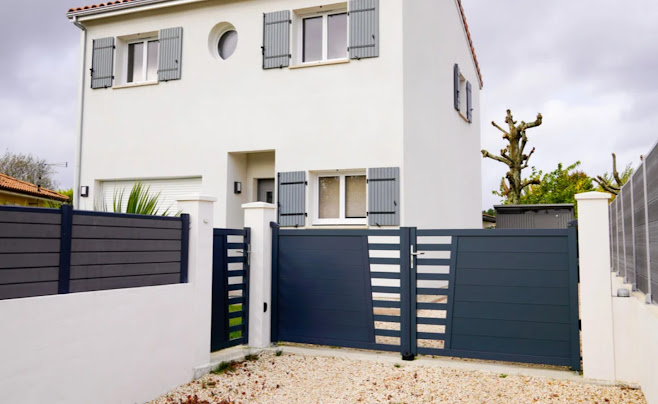Split Rail Fences: Traditional Appeal, Installation Actions, Timber Choices, Upkeep Tips With Insights From a Fences Service provider
Split rail fencings not just characterize rustic appeal yet additionally accomplish useful applications in landscape demarcation. Key to their setup is the choice of timber-- cedar and ache being primary for their resistance to decay and pests. A fences professional emphasizes the value of correct installment techniques, consisting of the deepness at which corner messages are set and using concrete for enhanced stability. Upkeep, while commonly ignored, is crucial in extending the life-span of these fences. Routine application of sealants and prompt repairs are critical, raising the question: just how can one enhance these practices to make certain both aesthetic appeal and useful longevity?
Exploring Split Rail Fences
Split rail fencings, defined by their rustic simplicity and functional design, function as a timeless service for marking borders and confining livestock. This design of secure fencing, deeply rooted in American farming history, not only satisfies practical functions however also boosts the visual value of the landscape.
Its open layout integrates perfectly with natural environments, promoting a sense of visibility and area inclusion. The building of split rail fences makes use of fewer materials than even more fancy layouts, which emphasizes a commitment to ecological stewardship and sustainability.
Additionally, the selection of products, usually timber like cedar or yearn, makes sure longevity against the components while keeping a link with standard methods. Hence, split rail fences represent not simply a physical demarcation of space, but additionally a cultural sign of heritage and communal values.
Practical Setup and Maintenance
Understanding the approaches of setup and the upkeep demands is vital to making sure the longevity and performance of split rail fencings. Specific setup starts with establishing sturdy corner articles, which are essential for the overall stability of the fence. Normal maintenance, including periodic inspections and prompt fixings, avoids long-term deterioration and protects the aesthetic allure of the fencing.
Key points to take into consideration consist of:
- Post Installation: Make certain messages are set at least 2 feet deep and safeguarded with concrete for enhanced durability.
- Timber Therapy: Use a weather-resistant sealant to secure versus wetness and degeneration.
- Routine Assessment: Look for signs of wear, insect damage, or rot annually, and address issues quickly to preserve structural honesty and look.


Comments
Post a Comment